|
The programme for 2024/5 is now available and can be found on the pages Field Trips and Talks & Films.
We shall be publishing a more detailed guide to the Field Trips in the near future. (c) Natural England (male hen harrier)
The talk last week given by Flemming Ulf-Hansen and Sofia Muñoz from Natural England was illustrated with photographs and videos from their project headquarters near Salisbury Plain where their captive hen harriers from France have spent a year acclimatising to their new location, surrounded by species rich grassland. The deliberately low maintenance management of the land on Salisbury Plain makes this location ideal for hen harriers as it is richly populated with voles and farmland birds like corn buntings, linnets, pipits and skylarks, which are the mainstay of their diet. Hen harriers nest on the ground, preferring deep heather on moors or tucked down amongst high arable crops. It is thought that 50-60% of the young die in any year as they are vulnerable to predators such as foxes, badgers and stoats. Early harvesting in arable fields also brings danger if the nests remain undetected. The captive hen harriers in France and Spain have typically been rescued as fledglings from abandoned nests. Male hen harriers are polygynous so they may need to supply several females with food, which adds another precariousness to their young’s chances of reaching adulthood. With 5-10 journeys to each nest per day, bringing food in the first 15 days, a male hen harrier has the sole responsibility for nourishing the chicks before the female begins hunting for supplementary food. With no parental lessons in hunting given, the juveniles have to adapt fast to survive when the time comes to leave the nest. Since hen harriers like to return to their natal area, it is hoped that any juveniles born this year will provide the breeding stock for the future. For further information about this interesting breeding project and Natural England’s outreach work with gamekeepers and the farming community, please go to their Project blog. Wiltshire is an important stronghold for the Duke of Burgundy, the UK’s fastest declining butterfly. Although many of the butterfly’s populations are small and medium sized those in southwest Wiltshire are faring better than elsewhere as there are still connections between populations. The Shaston Ridge (the ridge running south of the A30 between near Donhead St Andrew and near Burcombe) is one of its strongholds. However, our knowledge of its distribution and population sizes there is far from complete!
We have records from all along the ridge, but they have not been collected in a consistent manner. Nor have sites with potential, or all locations which previously held the species been visited recently. We’d like to recruit a team of volunteers to help undertake timed counts for Duke of Burgundy. This is a simple method of recording a single species and involves walking a set area and counting the number of Duke of Burgundy butterflies seen. All training will be provided, no experience is necessary just and interest in conserving a charming little butterfly speciality of our local area. The more recorders we can recruit, the more sites we will be able to cover with this consistent recording system. Would you like to be involved? The survey will take place between Mid-May and Mid-June and we’ll run some training before the flight season starts. Sites will be split and allocated across the team of volunteers, and I will be able provide ongoing support to build-up skills and share information about individual sites. If you would like to take part, please contact me in the first instance via the Contact form and I will be in touch. Andrew Graham 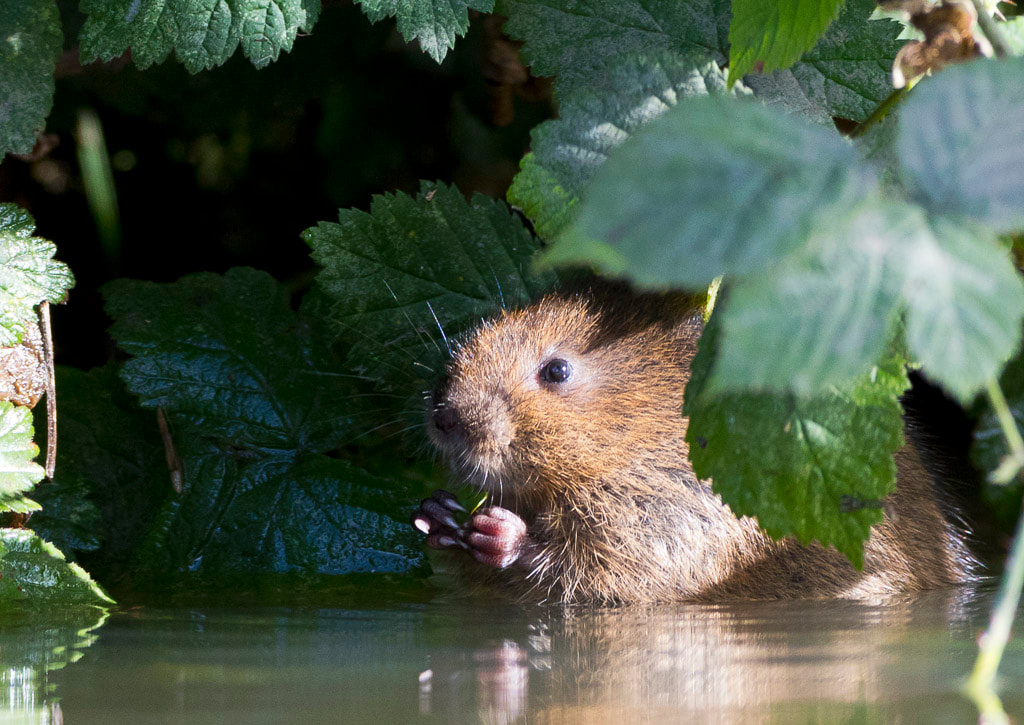 Water vole (c) Steve Deeley The Wiltshire Mammal Group have sent us information about an event showcasing the projects in Wiltshire for controlling American mink, as part of a wider Water vole recovery strategy. The event is being held at the Wiltshire Scout Centre, Potterne Wick, Devizes on Wednesday 27th March. Doors open at 18:15 hrs for refreshments and 18:45 - 21:00 is the timing for the presentations. Professor Tony Martin of the Waterlife Recovery Trust will be their keynote speaker, sharing his experiences and successes. This will be followed by a series of rapid-fire presentations from projects within Wiltshire, providing a platform and route for potential volunteers to get involved, and for projects to learn from each other. Full details about reserving a free ticket can be found here  You can listen to the interview Debbie and Andrew Carter gave on TisTalk episode 4 for 2024, about the Lifetime Achievement Award they received from Wiltshire Wildlife Trust in December. Tune in at https://www.buzzsprout.com/1992504/14441760 We are running another hedgelaying session at the Community Field (below the Nadder Centre and Skatepark) on Sat 10th Feb starting at 9:30am and finishing at 11:30am. We shall be providing tools and guidance. Just bring a pair of tough gardening gloves and weather appropriate clothing! No prior experience necessary. We'd love your help...
Ravens are beginning to breed this month; usually laying eggs in late February.
By the beginning of the 20th Century, persecution had reduced the distribution of ravens to the coastal and upland districts of the west and north of the UK. Where I grew up in Weymouth, ravens were a rarity only occasionally seen on the Purbeck coast. Similarly, when I lived in Essex and Berkshire before moving to Tisbury, I just never saw them. So, their obvious presence was one of the things I first noticed on our arrival here. The raven's range has increased again, spreading south and east, with Tisbury well within the area recolonised during the last 50 years. Nationally, there has been an estimated population increase of 40% in the last 25 years. As that growth has taken place, so nesting has expanded beyond the cliffs and crags previously favoured, to tall trees. For nesting sites, they seem to prefer wooded areas with large expanses of open land nearby, which sounds like a fair description of our local landscape. They currently avoid urban areas, although in earlier centuries when they were more common, they frequented cities, alongside other birds such as kites. The raven is distinguished from its cousins, the crows, by its greater size – comparable to a buzzard – and by its larger, heavier, black beak and shaggy feathers around the throat. Its entirely black plumage has a purple iridescent sheen when seen close up. It also has a longer, wedge-shaped tail which shows up well in flight. This involves less wing flapping and more soaring and acrobatics than crows. Indeed, they seem to enjoy goofing around in the sky, often in pairs, flipping over to fly upside down, closing wings to drop steeply and engaging in mock battles with their mate. Their call may grab your attention before you see them: a deep croak of “cronk cronk” or “pruck pruck” may alert you to a pair circling high above the village or in woodland treetops. They are long-lived birds and live for 10 -15 years or more in the wild although some at the Tower of London have lived beyond 40. They mate for life, usually nesting in the same location once paired. Ravens feed mainly on carrion but are omnivorous and opportunistic. When available, they’ll eat grains, acorns, berries and fruit as well as invertebrates, amphibians, reptiles, small mammals and birds. The raven’s brain is among the largest of any bird species. They are intelligent and show problem solving skills. This may have contributed to its ability to find food which has helped the speed of its recolonisation. Supposedly, the kingdom will not fall to a foreign invader as long as there are ravens (presently captive) at the Tower of London. It is not clear where this idea comes from, although it may be another romantic invention of the Victorian era. It does, though, offer people a chance to get up close to these magnificent birds. Andrew Graham |
Photo: Avocets (Izzy Fry)
The headers display photos taken by our members. Do get in touch via the Contact Form if you'd like to submit a photo for selection.
Archives
May 2024
Categories
All
|
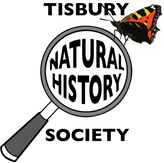
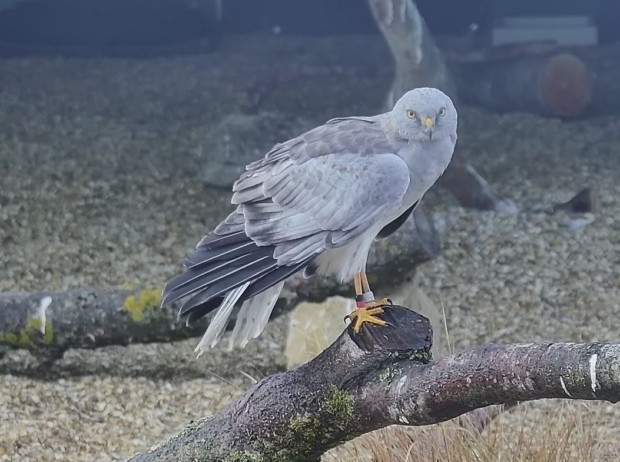
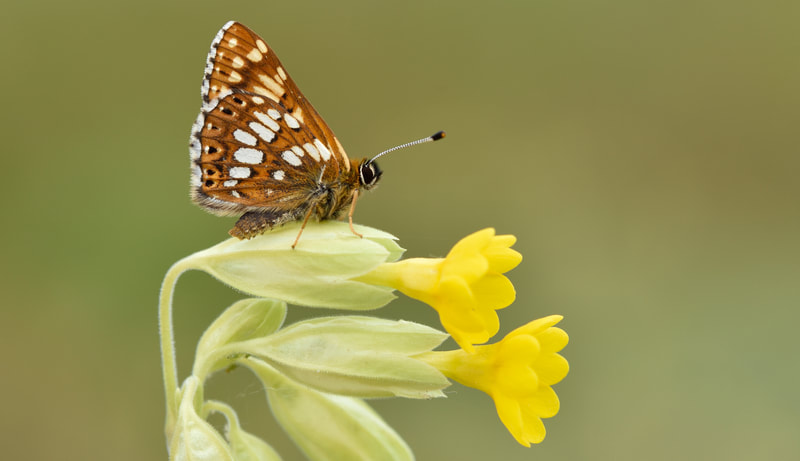
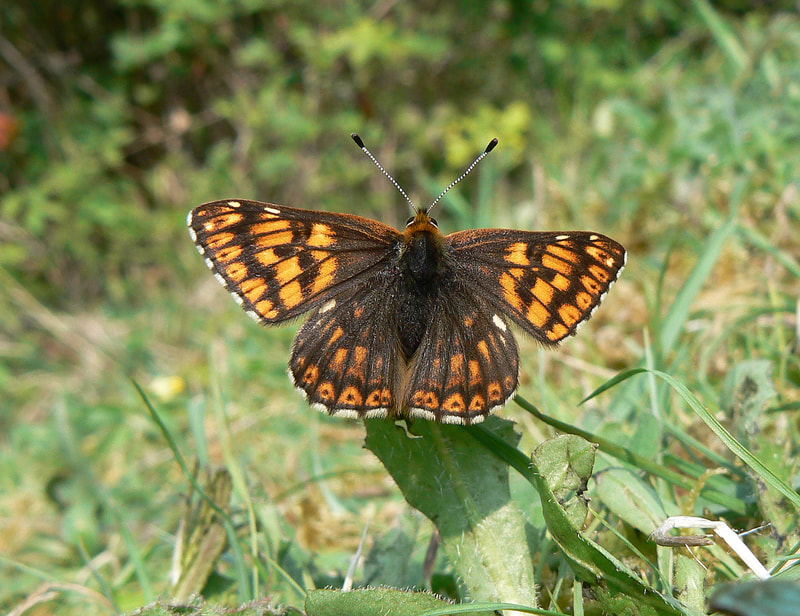
 RSS Feed
RSS Feed